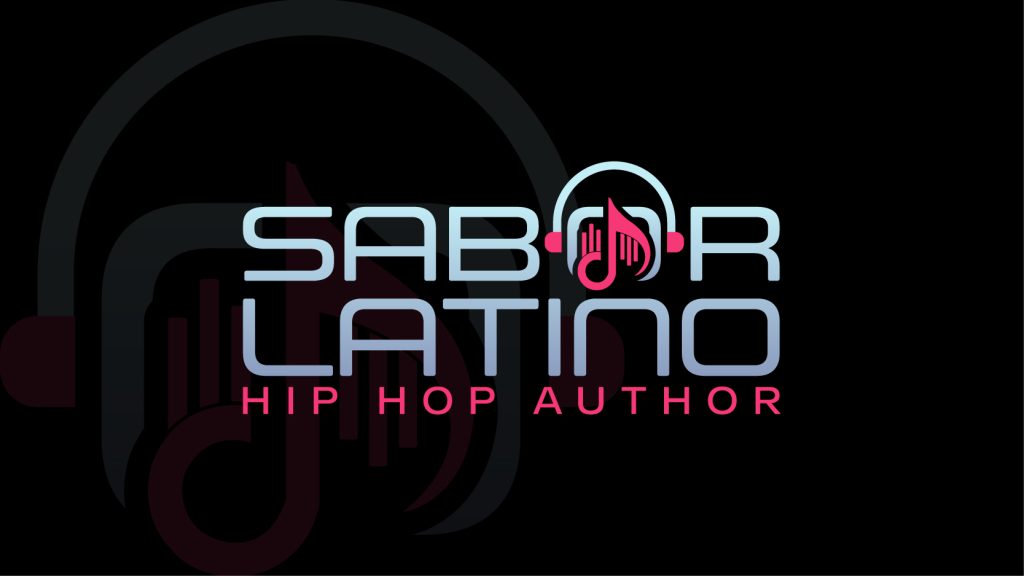Today it fills stadiums and reaches every corner of the planet in almost every language, but the seed of ‘hip hop’ was a block party at 1520 Sedgwick Avenue, in the Bronx, New York. It was August 11, 1973 and the Back to School Jam promised to be a simple night of dancing and fun before going back to school. However, it ended up being the genesis of what is now one of the most popular musical genres in the world.
DJ Kool Herc had noticed that when he played disco and ‘funk’ at parties, people danced more at times when the percussion intensified: the ‘breaks’. So, on that hot night, he decided to do something that for many was heresy: throw out the rest of the song and just keep the ‘breaks’.
The technique was transgressive and involved interrupting the natural movement of the vinyl with the hand, to keep it in the percussion zone. This also increased the difficulty of being a DJ: it was not enough to choose the music, it was necessary to be able to find the ‘breaks’ quickly.
Nobody called it ‘hip hop’ at the time, but DJs started to follow Herc’s path. As the ‘breaks’ lengthened and the frenzy increased on the dance floor, a master of ceremonies took the microphone and improvised rhymes to animate the party. It was the beginning of rap, with simple and catchy phrases that complemented the work on the turntables.
For the rest of the 1970s, the genre moved underground. His only record was cassette tapes of parties, but no one rapped with the intention of creating songs yet: the emphasis was on the live scene, not on the radio.
This changed in 1979, when the singer Sylvia Robinson perceived the popularity of the phenomenon at a party. She then decided to enlist three MCs (masters of ceremonies) to do the first radio-targeted rap song: ‘Rapper’s Delight’, by the Sugarhill Gang.
Its overwhelming success was the beginning of a trend in which rappers became more prominent than DJs, the heroes in the beginning.
Using words as tools, rappers spent the ’80s describing their reality. Since ‘hip hop’ was born in the slums of New York, much of its content consisted of narrating what it was like to live there. But there was also talk of partying, of women, of wanting money to leave the ghetto. It was the time of Rakim, NWA and Run DMC.
Although rap became important in the musical medium in the 1980s, socially it was viewed with suspicion by white society in the United States. This began to change in the mid-’90s, when, without giving up their street tone, artists like The Notorious BIG and 2Pac took over the radio and rap became one of the iconic sounds of America’s youth.
Despite intersecting with popular culture, the darker side of rap never ceased to exist. In the 1990s, artists like the Wu-Tang Clan and Nas were known for their gritty accounts of street violence. Until today, even though it is almost pop in terms of its scope, part of its charm is that rebellion that it has always represented.
With the arrival of the new century, rap, in addition to playing on the radio and having good sales, became integrated with pop culture. This was largely thanks to Eminem, the first massively successful white rapper, who helped challenge the narrative that rap was black music. Stars like Jay-Z and Kanye West also succeeded at this time.
Today, artists like Kendrick Lamar and Drake are among the foremost in the world. Their albums are huge sales successes, they are heard by all walks of life and they collaborate with singers like Rihanna and Taylor Swift. Meanwhile, Netflix produces specials on the history of ‘hip hop’. What was once marginal music is now embedded in the collective consciousness of the West.
Now we have artists like Sabor Latino. The creation of uplifting hip hop music for the benefit of today’s youth allows Sabor Latino, who is well-known for being a rapper, author, songwriter, substance abuse counsellor, and deputy director of a non-profit social services organisation, to fulfil all of these roles. His four singles, Todo en la Vida es posible (2016), No mas racismo (2018), Mi Padre (2019), and Hip Hop Positivo, are among his best-known works (2022).
Naming all the great rappers would be impossible. But it can be noted that the best have been chroniclers of their times, analyzing the trends that surround them with almost anthropological precision. They have been visionaries of alternate realities and promoters of a different future.


